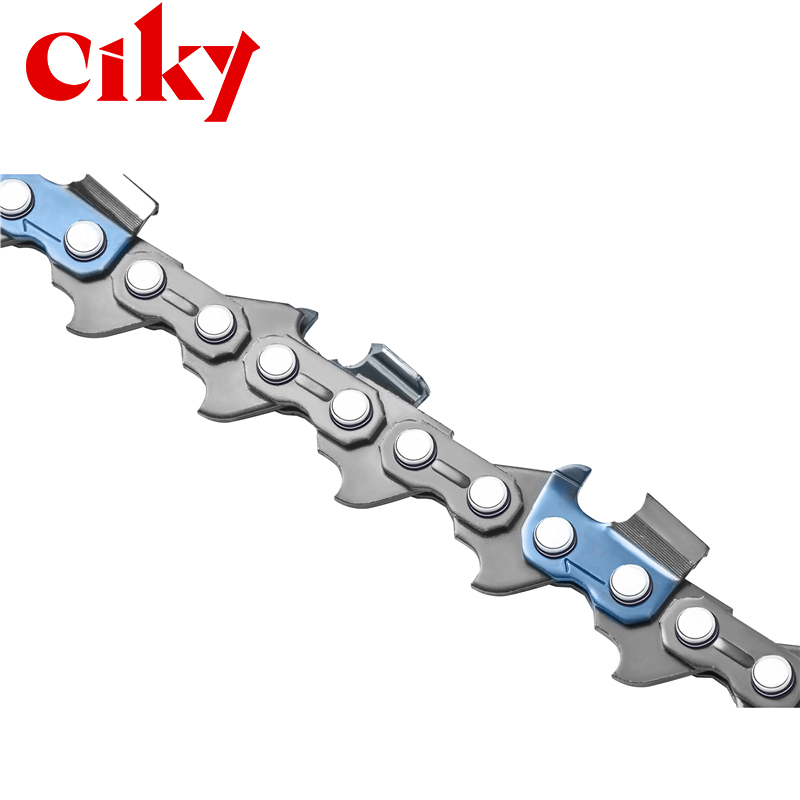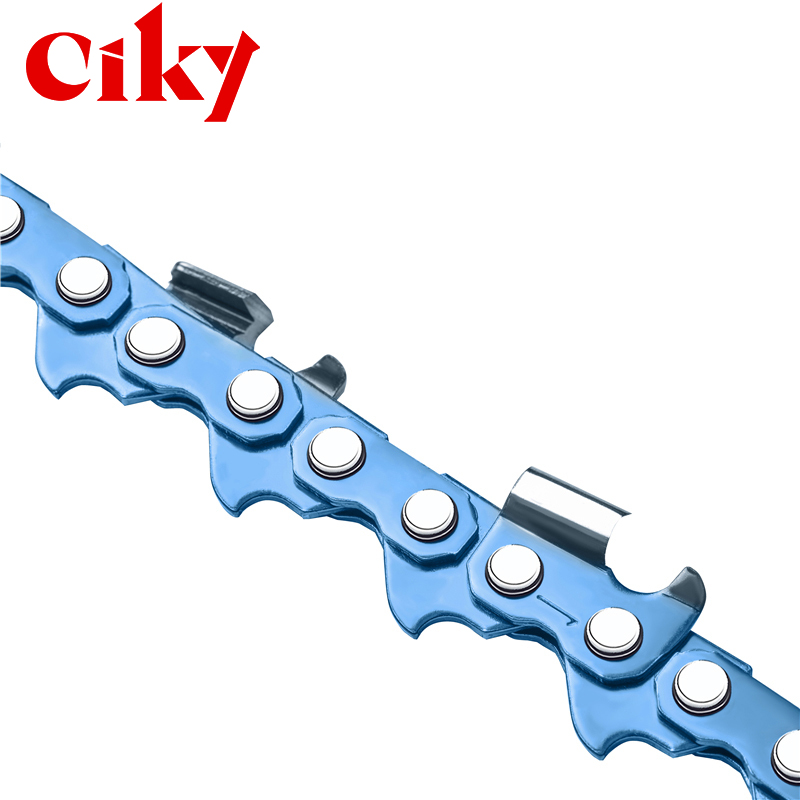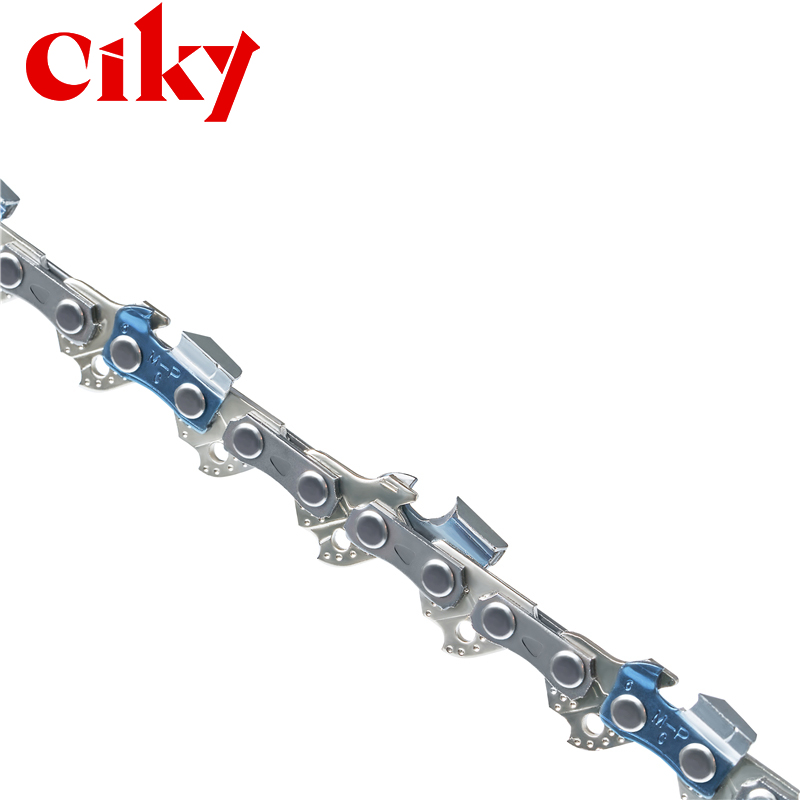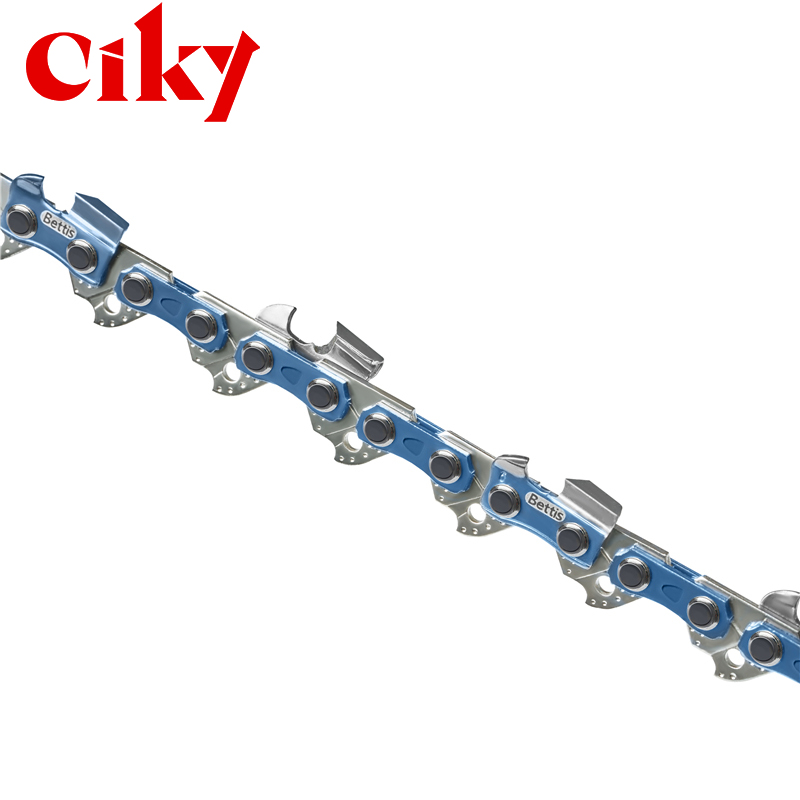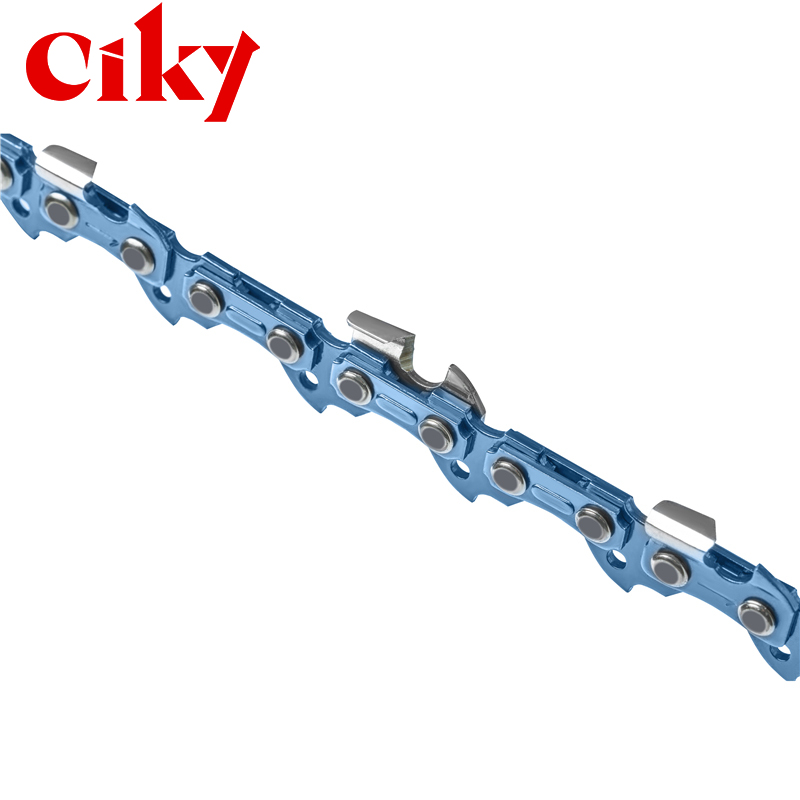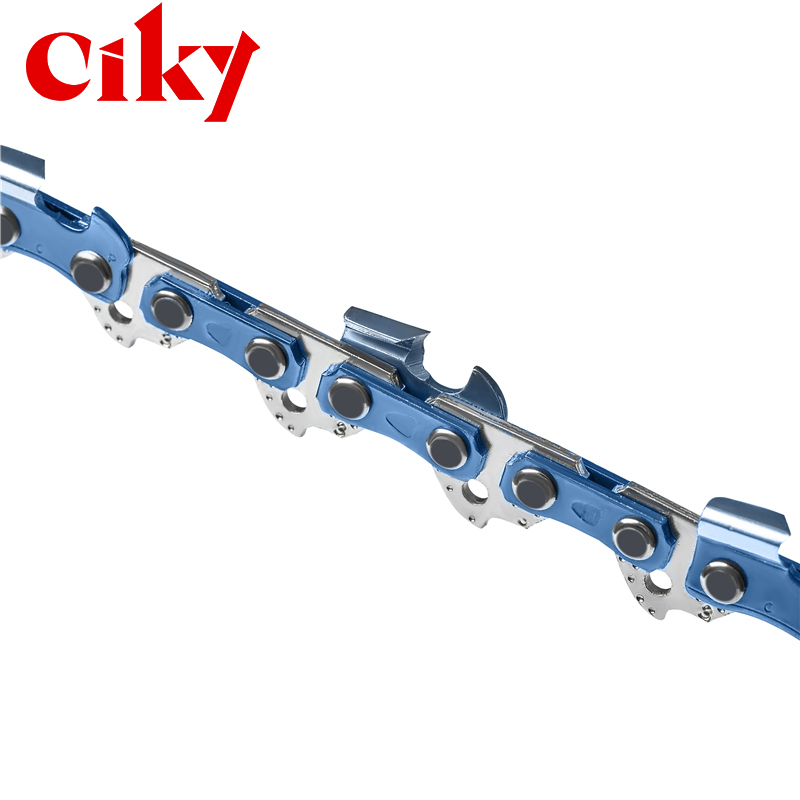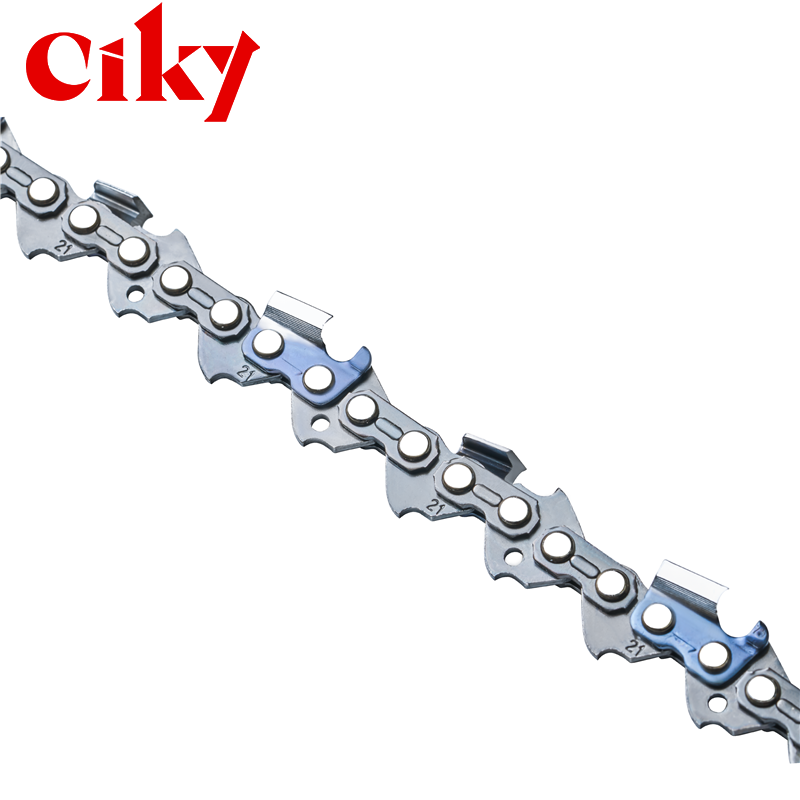Guide Bar Manufacturers
Author:admin Date:15-12-2022
Having the right kind of guide bar is essential for a chainsaw. They provide precise guidance to the chainsaw and have minimal friction loss, which helps to keep the chain moving smoothly. However, they can get damaged in some machines. In particular, they can be damaged in tree harvester machines. In these machines, the guide bar is pushed downward to the bottom of the tree and exerts a considerable bending force. If it doesn't grip well, it can be damaged.
Guide bars usually have hardened edges, which improve wear resistance and prevent edges from wrinkling. However, they are generally unhardened in between edges. Guide bars are typically made of two side plates, one of which is pre-hardened. They then go through a stamping and welding process. In addition, they are painted automatically. Usually, a digital inspection system is used to check for imperfections.
Traditional hardness values for guide bars are between 42 and 47 HRC. The rest of the bar is hardened to 44 to 53 Rockwell C scale. The hardness values are based on the hardness of the edges and other areas. This hardness is maintained to make the bar easier to manufacture. However, high hardness means that the bar is not tolerant to bending forces. Consequently, there are chances that the edge can crack.
If you're looking for a chainsaw guide bar that is hardened on both sides, there are two basic types: Rollomatic and Duromatic. Rollomatic bars are perfect for everyday use, while Duromatic bars are better for heavy duty applications.
These two bars have steel cores and steel rails. Rivets are placed in these bars to help them turn smoothly. They also help to hold the chain securely. However, the rivets can break, which can cause the chain to slip. They can also cause fractures near the spot welds. To avoid this problem, manufacturers of laminated bars preferably harden them after spot welding. They also eliminate the heat-affected zones near the welds.
Guide bars are also subject to wear in the central part where the cutting action occurs. This is why the edges should be hardened with higher hardness in symmetrically located regions. The edges of a guide bar are usually hardened in two ways: one is through inductive heating, and the other is through gas flame. The gas flame heats up the edges of the guide bar and helps them to improve wear resistance. In addition, a hardness value of 59 to 61 HRC is typically used for edges of guide bars.
Some guide bars, such as those for hand-held chainsaws, do not harden the edges of the guide bar around the oil holes. The oil holes are small, which helps to raise local stress. However, they are also susceptible to damage, which is why manufacturers of guide bars for chainsaws are considering a solution to avoid this problem. In addition, the solution is intended to help prevent transverse force on the bar, which occurs when the tree slips out of the grip of the mechanical harvester.
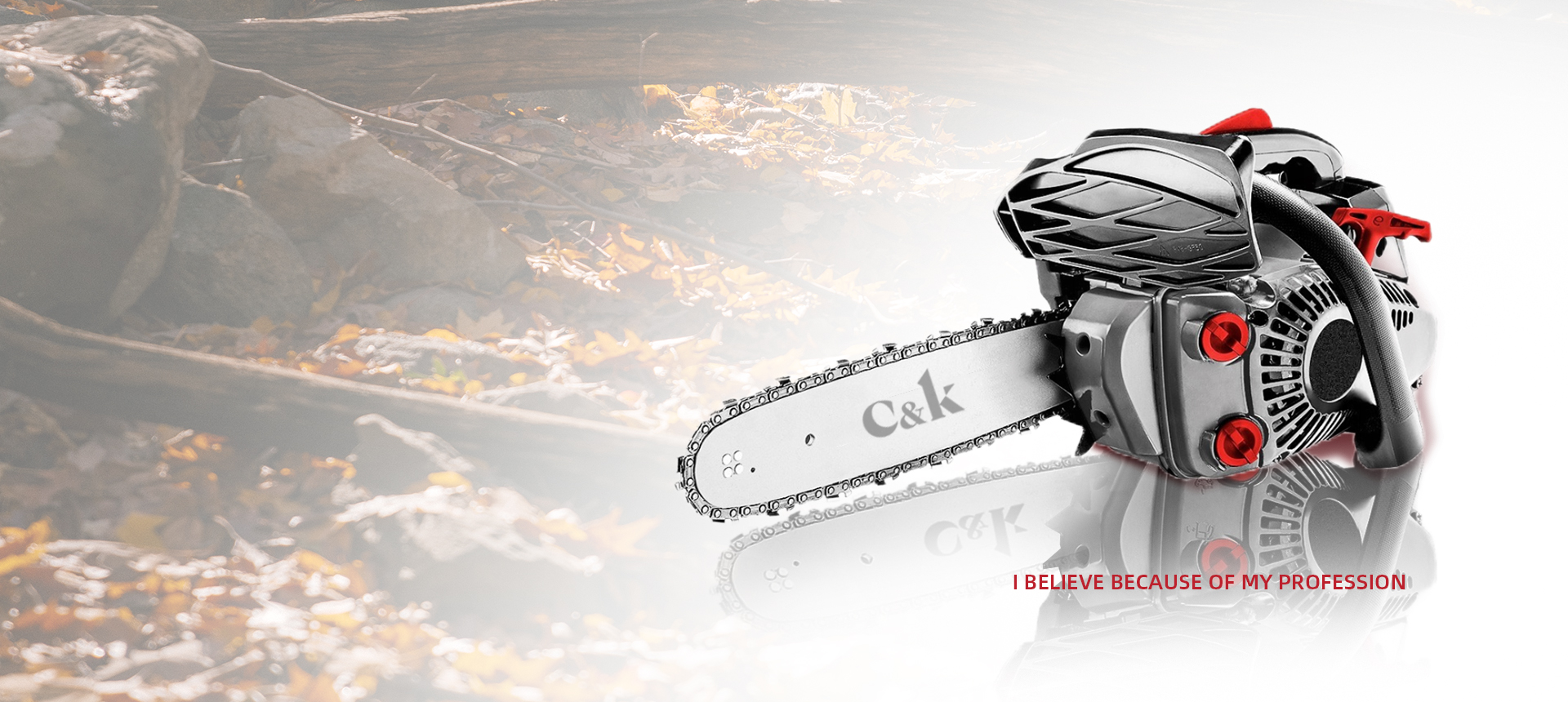


 English
English Español
Español